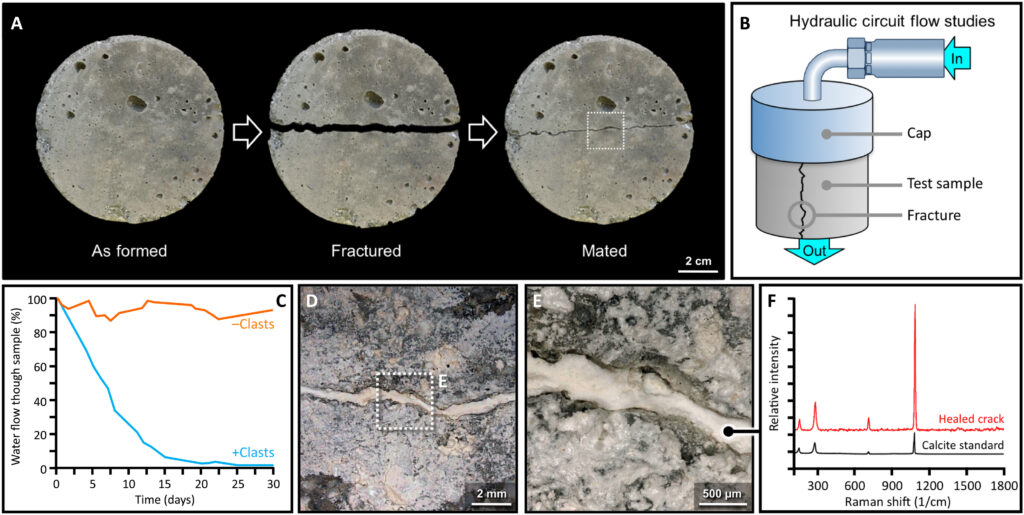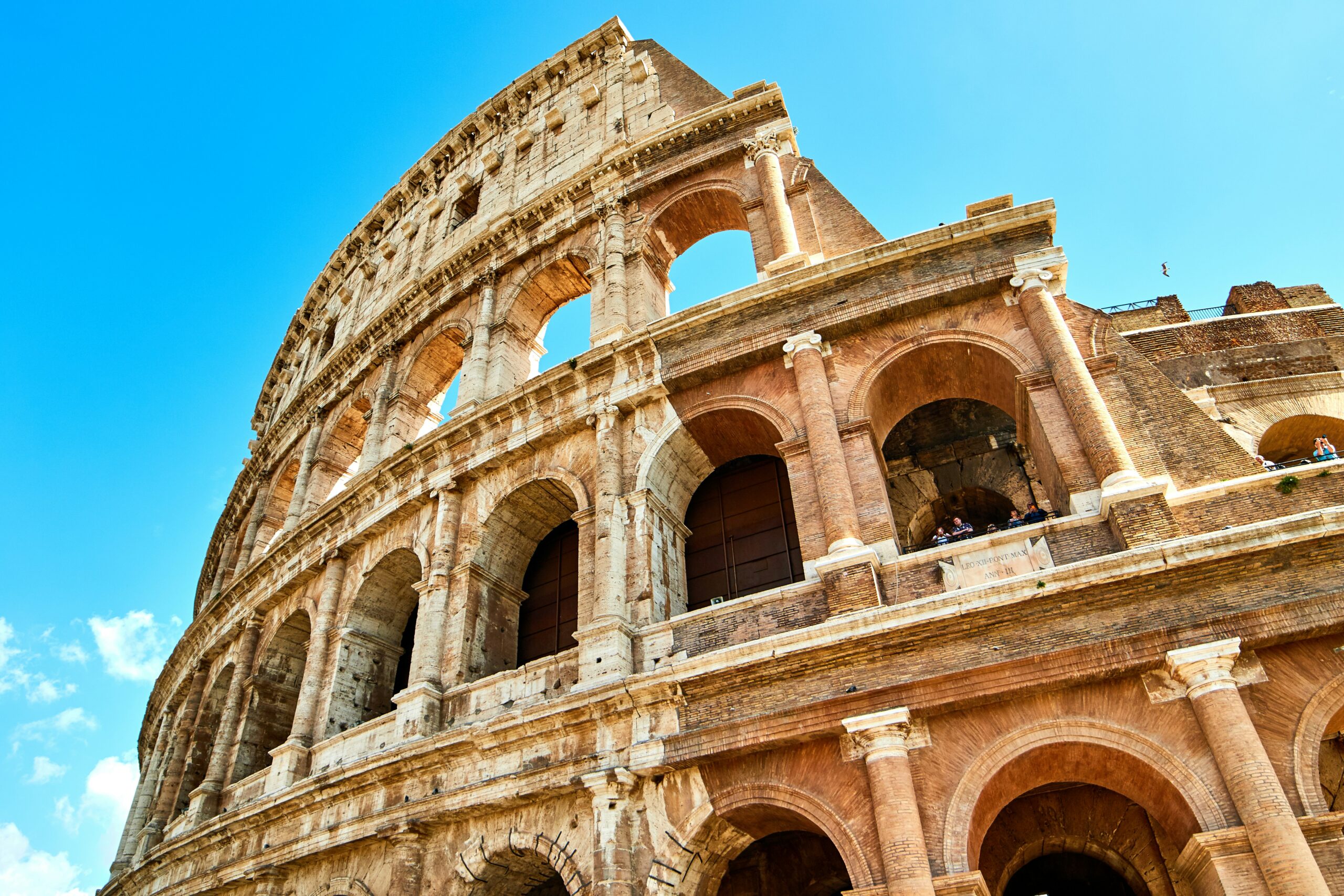Concrete has been one of the most important building materials for mankind since ancient Rome. Despite the remarkable advances in construction technology, the durability and self-healing ability of Roman concrete still surprises scientists. A new study published in Science Advances has shed light on the secret behind the remarkable durability of Roman concrete, opening up the prospect of applying this formula to sustainable, environmentally friendly concrete.
Research Background and Methods
Ancient Roman structures, from city walls to coastal structures, have endured for thousands of years with remarkable durability. The question is: why did Roman concrete last so long? To answer the question, Linda M. Seymour’s team at the Massachusetts Institute of Technology (MIT) analyzed concrete samples from the ancient city of Privernum near Rome. They hypothesized that hot mixing was the factor that helped Roman concrete heal itself and maintain its durability.
To test their hypothesis, the team used advanced techniques such as SEM-EDS electron microscopy, Raman spectroscopy, and X-ray diffraction (XRD) to analyze the microstructure and chemical composition of ancient concrete. Samples from Privernum showed that Roman concrete contained remnant lime clasts, an important component of the concrete’s self-healing mechanism. The hot-mixing technique created large-surface-area lime clasts that provided calcium for chemical reactions in the concrete. These clasts not only aided the formation phase, but also served as a long-term source of calcium, allowing the concrete to self-heal cracks later on.
Hot Mixing Technique and Self-Healing Mechanism of Roman Concrete
Hot mix technique is performed by mixing quicklime (CaO) with water and other ingredients, creating a large amount of heat and a special chemical environment in the concrete. The lime flakes thus maintain their structure for a long time in the concrete. This method creates lime crystals with a large contact area, increasing the ability to react with water and other substances. When there is a crack, water penetrates the concrete and reacts with the lime flakes, creating a new adhesive compound that fills the crack, prolonging the life of the material.
Another important concept is the pozzolanic reaction, which occurs between lime and silicates, creating a strong binding compound such as calcium alumino-silicate hydrate (CASH). This reaction increases the adhesion and durability of concrete. Lime flakes in Roman concrete provide calcium for this reaction, helping to fill cracks, creating a long-term self-healing mechanism. The team found that when exposed to water, lime flakes release calcium to form a binding compound, helping to maintain the durability of the concrete. This reaction continues for hundreds of years, as seen in many Roman structures.
Significance of Modern Research and Application
This discovery not only solves the mystery of Roman concrete’s durability, but also opens up new directions for the construction industry. The ability to self-heal concrete reduces the need for repairs and extends the life of structures, minimizing the environmental impact of concrete production. The concrete industry currently emits a large amount of CO₂, accounting for 8% of total global emissions.
The MIT team tested a modern concrete formula inspired by Roman hot-mixing techniques. The new concrete contained lime flakes to evaluate its ability to self-heal cracks. The results showed that the concrete sample had the ability to self-heal when exposed to water, similar to the mechanism of ancient Roman concrete. This opens up the possibility of applying Roman concrete production technology to industrial concrete, developing sustainable and environmentally friendly construction. Self-healing concrete has the potential to be widely used, reducing repair costs and increasing the durability of constructions.

After 30 days, the water flow through the lime sample stopped.
Figure C: orange line – sample without lime, blue line – sample with lime. Raman spectroscopy examination of the fracture surface shows that it is completely filled with newly precipitated calcite minerals (D and E).
Conclude
The study of Roman concrete not only helps to understand the achievements of ancient civilizations but also inspires the development of new building materials. The self-healing ability of Roman concrete is a testament to the durability of this material. If these manufacturing techniques and knowledge can be applied to modern concrete, the construction of sustainable, long-lasting and low-maintenance structures will become a reality.
The research is a step forward for the construction industry, and a reminder that secrets from the past can provide solutions for the present. Applying hot-mixed Roman concrete technology promises to be a breakthrough solution for sustainable construction for the future.

